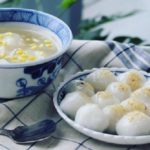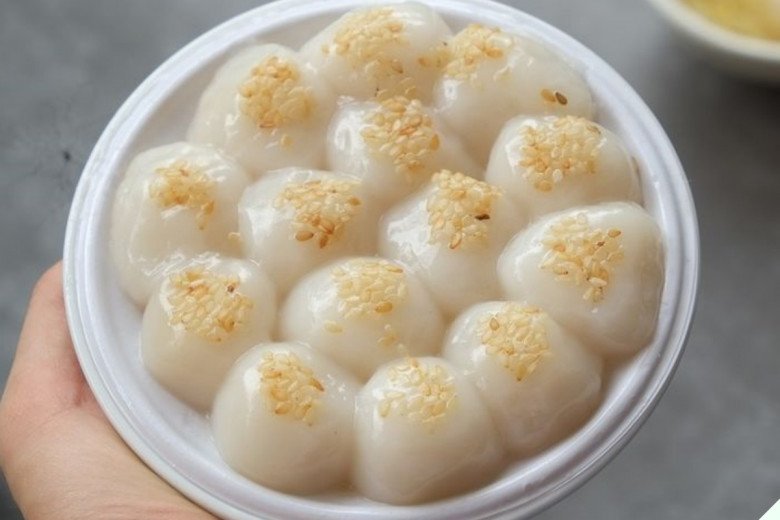
The dish of bánh trôi carries multiple symbolic meanings. According to cultural experts, the white bánh trôi, shaped into small round balls, represent the 50 eggs that hatched into 50 children who followed Mother Âu Cơ into the mountains. On the other hand, bánh chay symbolizes the 50 children who followed their father to the sea.
Additionally, the use of both glutinous and non-glutinous rice in making bánh trôi is a tribute to the country’s rice civilization, reflecting the hard work of Vietnamese farmers. The white color of the dish also signifies purity and goodness, while the round shape symbolizes completeness and fulfillment.
For these reasons, bánh trôi is an indispensable offering during the Tết Hàn Thực festival. Learning how to make bánh trôi is not overly complicated, but it does require some skill to get the soft and sticky texture just right without ending up with raw dough.
1. Filling
Instead of using plain rock sugar as the filling, it is recommended to add ginger. This spicy and aromatic root not only enhances the flavor but also provides health benefits. Ginger aids digestion and prevents that heavy, bloated feeling often associated with eating glutinous rice dishes.
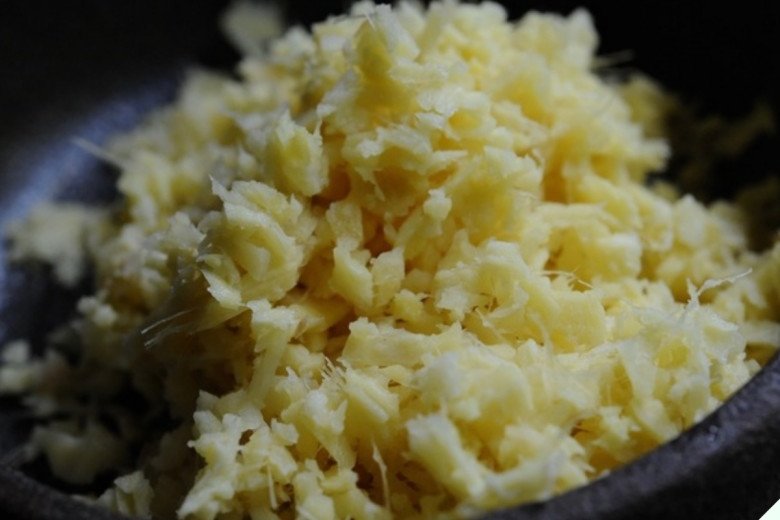
2. Use a Coarse Cloth
Whether using fresh or dry glutinous rice flour, it is common for the dough to become soft and watery when shaping the bánh trôi. To address this issue, place a coarse cloth under the dough while shaping the balls. The cloth will absorb excess moisture, resulting in firmer and rounder bánh trôi.
Additionally, for a smoother and shinier finish, lightly coat your hands with cooking oil before shaping the dough.
3. Use Nếp Leaves
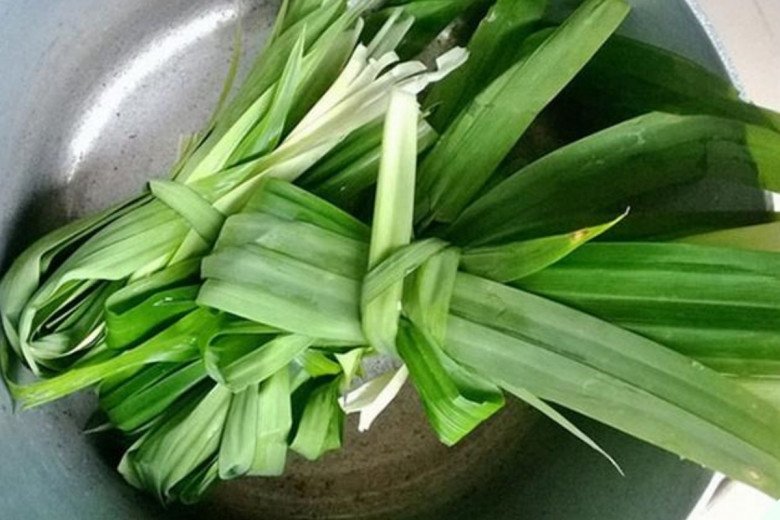
To enhance the aroma of the dish, add nếp leaves to the boiling water when cooking the bánh trôi.
4. Cooking the Bánh Trôi
Timing is crucial when cooking bánh trôi. Here are four key points to remember:
– Always wait for the water to reach a rolling boil before adding the bánh trôi.
– Once the bánh trôi float to the surface and remain there for 2-3 minutes, they are ready to be removed from the water.
– After removing the bánh trôi from the boiling water, immediately place them in a bowl of cold water. This step helps wash away excess starch on the surface of the bánh trôi, preventing them from sticking together and spoiling quickly.
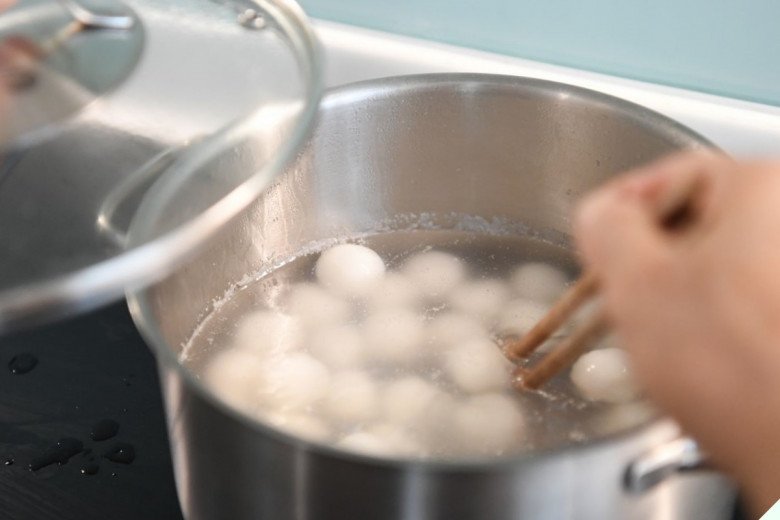
– Adjust the heat to maintain a gentle boil to ensure even cooking and prevent the dough and sugar from hardening as they cool.
When cooking bánh trôi with different colors, start with the lightest color first and progress to the darker shades to avoid color bleeding.
HOW TO MAKE BÁNH TRÔI
Ingredients
– 500g fresh glutinous rice flour
– Rock sugar
– Roasted sesame seeds
– Grated coconut
– Finely chopped ginger
Steps to Make Bánh Trôi
1. Knead the glutinous rice flour until smooth and let it rest for about 5 minutes.

Divide the dough into small portions, keeping in mind that bánh trôi are usually smaller than bánh chay. Adjust the size accordingly.
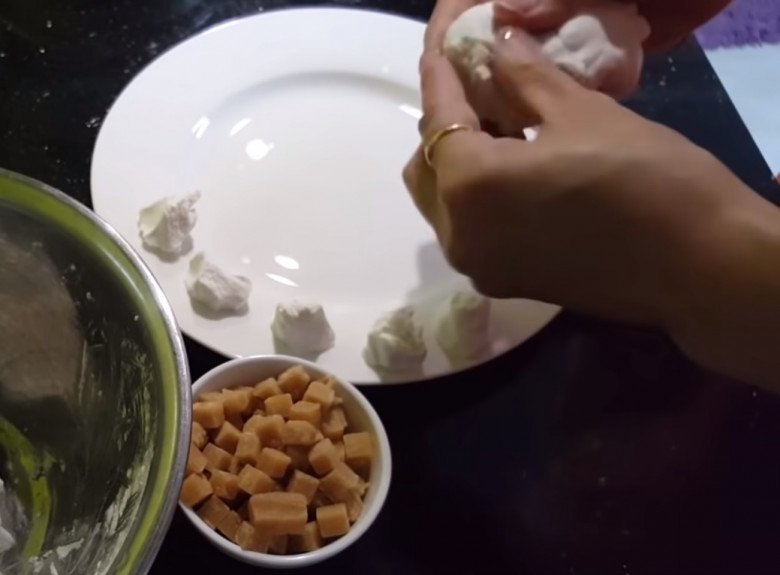
2. Cut the rock sugar into small pieces, about the size of your pinky finger or 1cm in length. Avoid making the filling too large, as it can make the dish cloyingly sweet.

3. Flatten a portion of the dough, place a piece of rock sugar and a small amount of chopped ginger in the center, and seal the edges to enclose the filling. Roll the dough between your palms to shape it into a smooth ball.
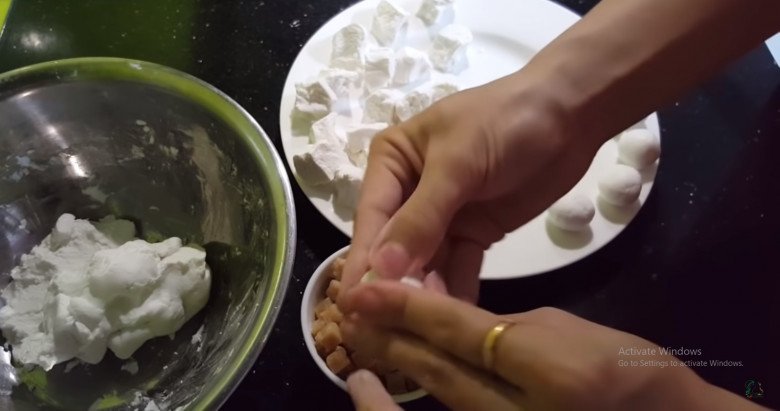
4. Bring a pot of water to a boil and carefully drop the bánh trôi into the boiling water. They will be ready in about 2-3 minutes after they float to the surface. (You can also add a pandan leaf to the water for extra fragrance.)
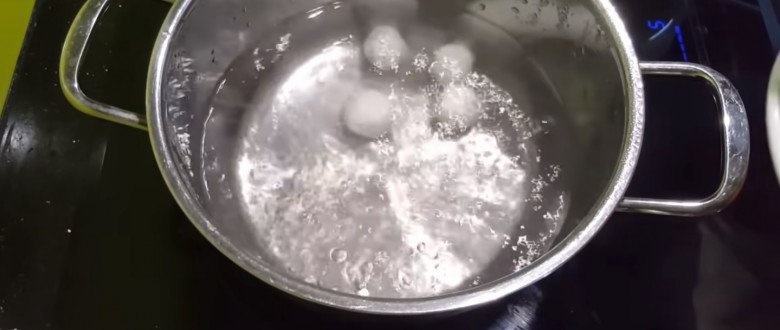
5. Remove the bánh trôi from the boiling water and place them in a bowl of cold water. Once cooled, arrange them on a serving plate.
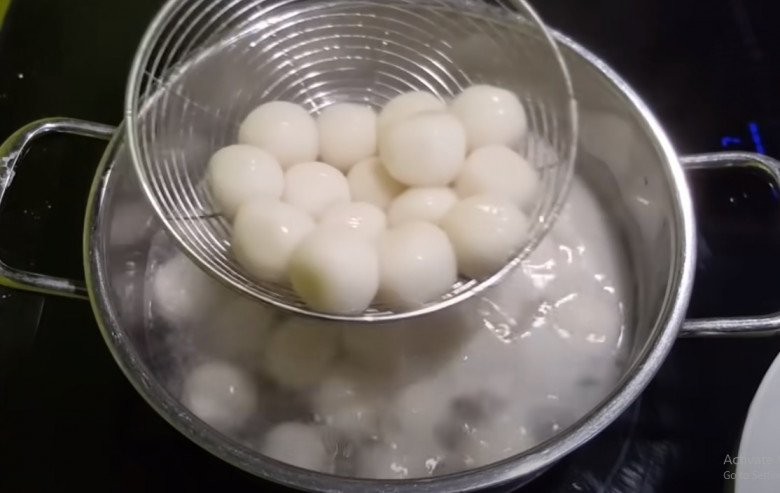
Sprinkle some roasted sesame seeds and grated coconut on top, and your bánh trôi are ready to be enjoyed!
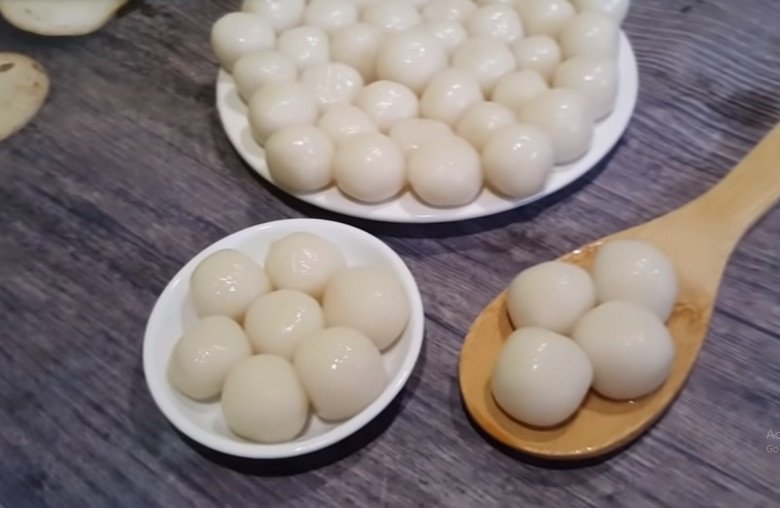
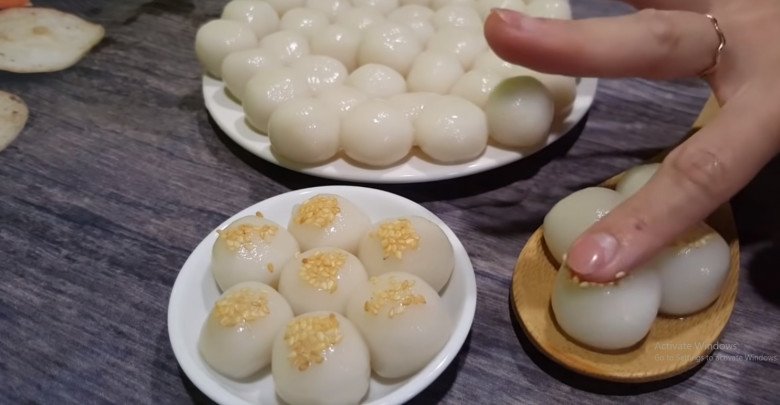
This easy recipe yields delicious bánh trôi with a soft and sticky texture. The ginger adds a unique spicy kick to the sweet rock sugar filling, making this traditional dish even more delectable.
Crystal Sticky Rice Dumplings – A Sweet Delicacy for the Warmth of the Hansik Festival
The Qingming Festival ( Hàn thực) is fast approaching. Have you prepared any cakes to offer to your ancestors and enjoy with your family? If you are looking for a dish that is both delicious, beautiful and has a special meaning for this holiday, try making the following exquisite crystal clear bánh trôi.

























